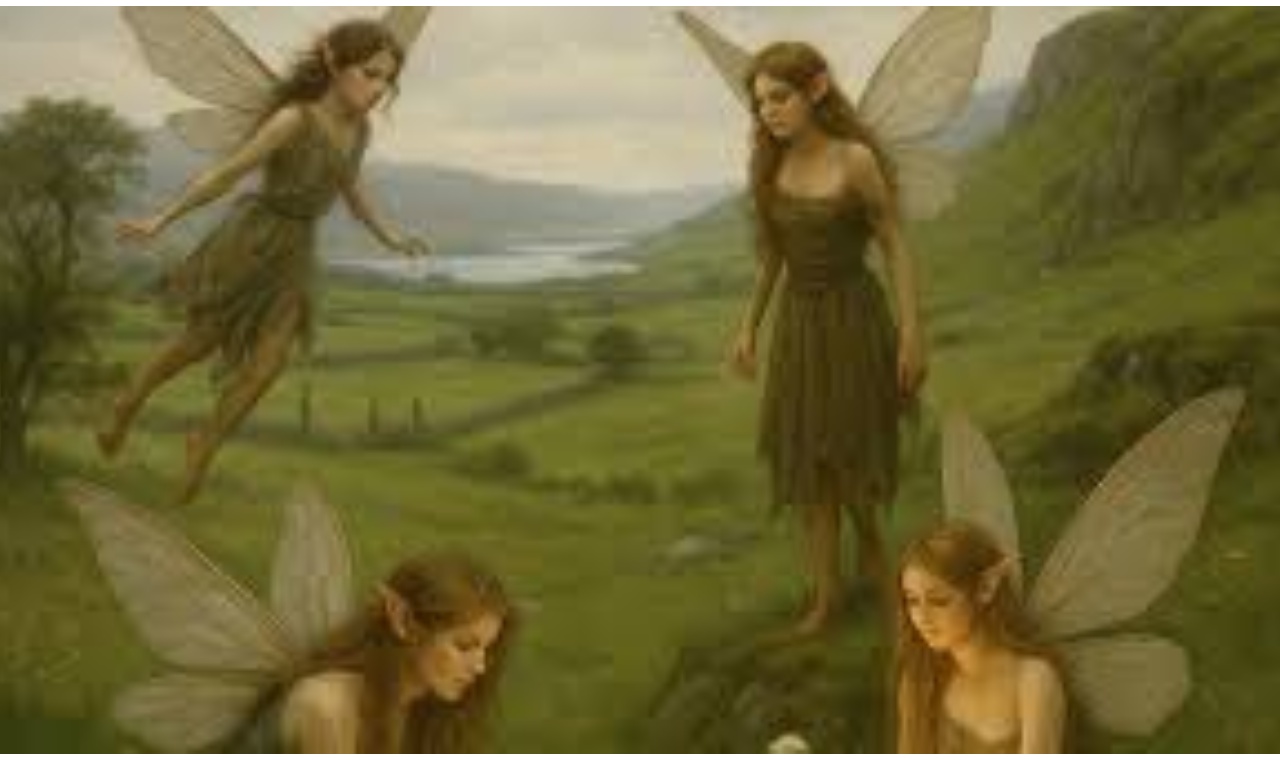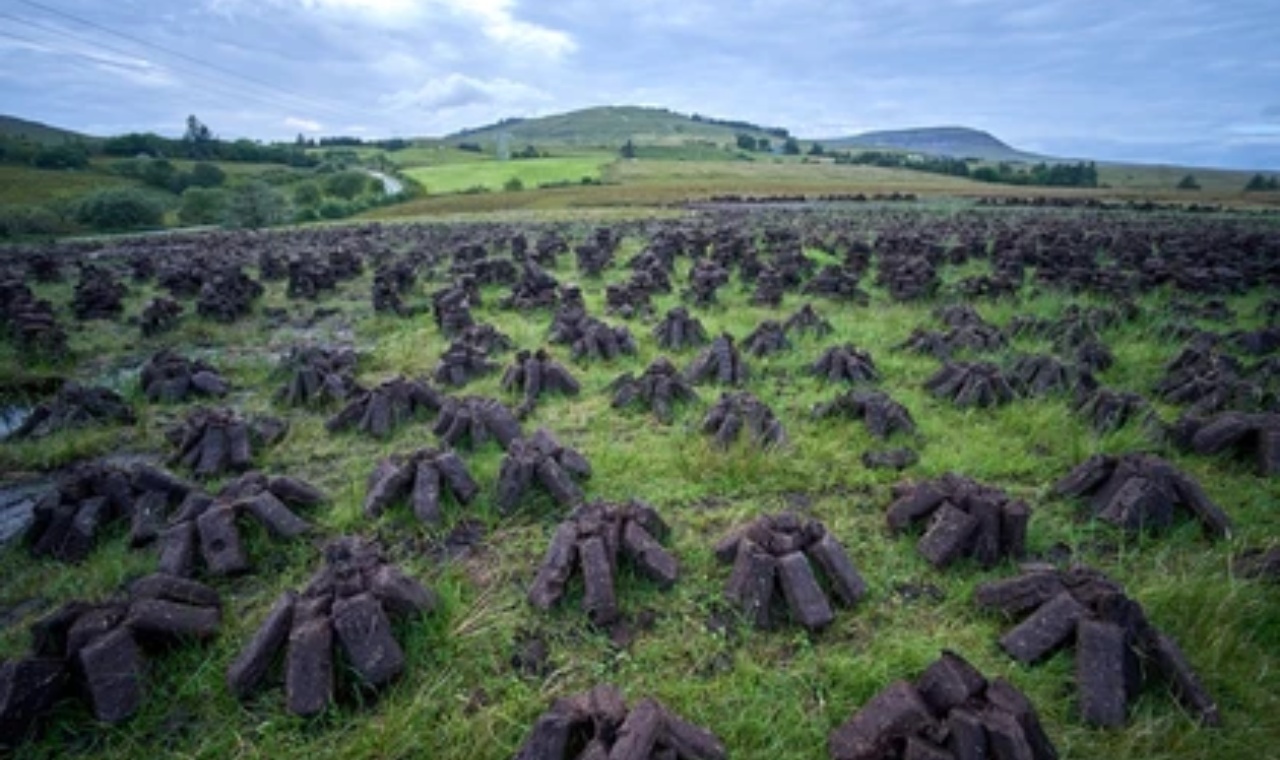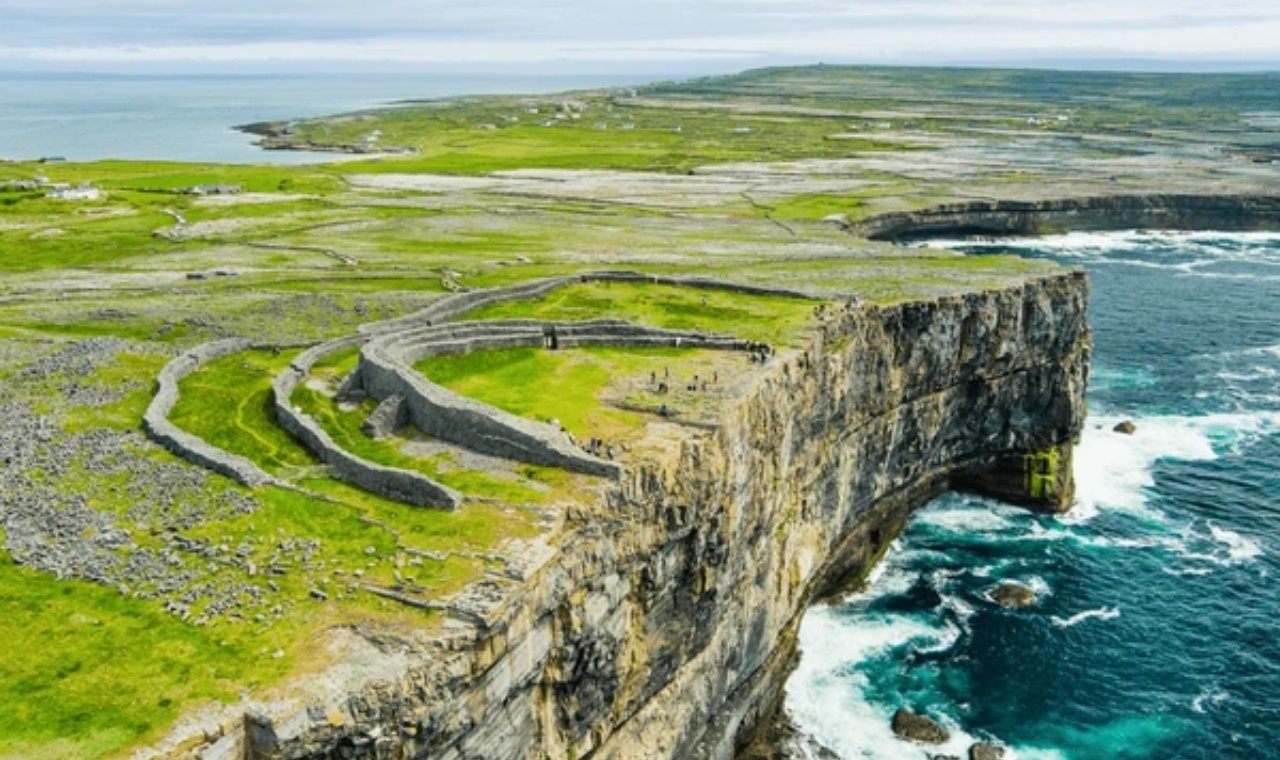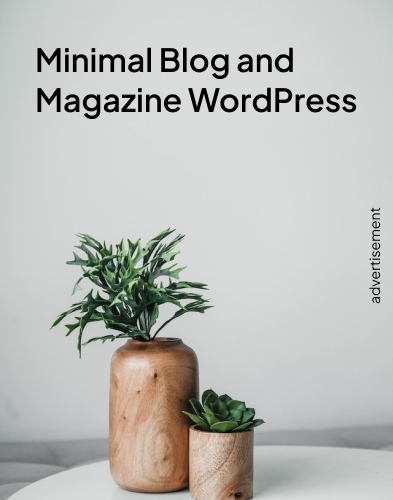Celtic Lore of the Faery Courts

In Celtic tradition, the world of mortals and the world of spirits were never far apart. Beyond misty glens and sacred mounds lay the Faery Courts, realms of timeless beauty and unpredictable power. The Celts didn’t imagine faeries as tiny, winged beings, but as ancient, noble entities who once ruled Ireland before retreating underground.
These enchanted beings, known as the Tuatha Dé Danann, became the Aes Sídhe, the “People of the Mounds.” They were neither gods nor ghosts, but something between, bound to the rhythms of nature and the cycles of the earth.
The High Court of Light: The Seelie Court
The Seelie Court was the bright and noble host—a realm of ethereal beings who valued honor, music, and beauty. They were known to help humans who showed respect to nature or who played the harp beautifully, much like those who mastered the Clarsach—the Celtic Harp.
But even the Seelie were not harmless. Their favor had to be earned through ritual courtesy, offerings of milk or honey, and unwavering respect. To offend them was to invite their mischief—gentle at first, but never without warning.

The Shadowed Realm: The Unseelie Court
If the Seelie ruled the light, the Unseelie Court governed the twilight. These faeries were the wild spirits of chaos—beautiful, fierce, and unpredictable. They embodied the darker aspects of nature, the storm, and the untamed forest.
Travelers who strayed too far from firelight at Samhain might encounter their procession, known as the “Wild Hunt.” Legends describe their cries sweeping over the hills, foretelling storms or sudden disappearances. The line between this world and theirs blurred most on nights when Celtic holy wells shimmered under the moon.

The Tuatha Dé Danann: From Gods to Faeries
Long before the word faery was ever spoken, Ireland’s divine race, the Tuatha Dé Danann, walked among mortals. They were the bringers of wisdom, magic, and artistry, much like Lugh, the Celtic Sun God who shone with brilliance and skill.
When the Milesians, ancestors of modern Irish people, conquered Ireland, the Tuatha retreated into the hollow hills. There they became the Aes Sídhe, ruling invisible kingdoms beneath the earth. Each hill, lake, or grove might mark a faery portal—a threshold between their realm and ours.

The Hill and the Hollow: Gateways to the Faery Realm
In Celtic landscapes, geography itself whispered the presence of faeries. Sacred places like the Hill of Tara, ancient seat of Irish kings, were also thought to conceal entrances to the Otherworld.
In Scotland, the Fairy Glen remains one of the most enchanting sites where legend and land merge. Its spiraling green mounds are said to mirror the architecture of the Faery Courts themselves. To walk there in silence is to feel the hum of the unseen world beneath your feet.

Music, Time, and the Faery Invitation
Music was the bridge between mortal and faery realms. A single haunting note of the harp could draw the fae close or transport a human into their eternal feasts, where time moved differently.
Stories tell of harpers and poets who vanished for what felt like hours, only to return centuries later. Their music carried traces of the Otherworld, echoing in Celtic instruments like the bodhrán drum and the fiddle, still heard in Ceilidh gatherings today.

Respecting the Hidden Folk
Even now, in Ireland and the Highlands, people treat faery paths and mounds with quiet reverence. Builders reroute roads around them; locals leave offerings on windowsills at Beltane. It’s a gentle acknowledgment that the unseen still shares the world with us.
To understand the Faery Courts is to recognize that Celtic mythology was never escapist, it was ecological. It taught harmony with nature, humility before mystery, and awe for life’s unseen dimensions.











